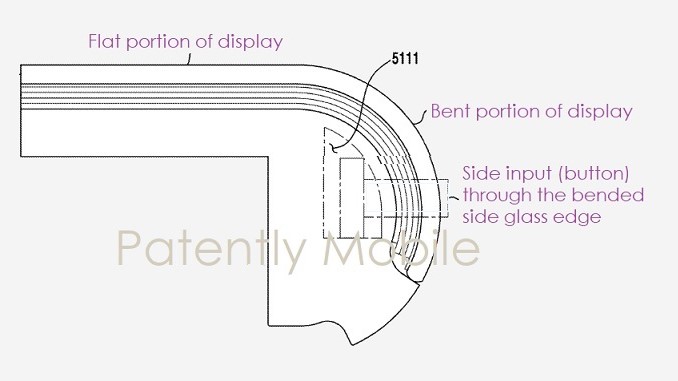We're still waiting for an official annoucnement of Intel Comet Lake processors for desktop PCs, but a new leak may indicate more of what's in store.
There could be a whole new slew of F-series CPUs to round the product stack based on details in a leaked presentation slide reported on by Informática Cero and shared by Videocardz. The slide shows off six new CPUs split in half between unlocked and locked models. Here's a breakdown of the products listed:
- See how to build a PC
- These are the best processors
- Get to know all the PC components
- Intel Core i9 10900KF - 10-core/20-thread at 3.7GHz/4.8GHz all-core turbo
- Intel Core i7 10700KF - 6-core/16-thread at 3.8GHz/4.7GHz all-core turbo
- Intel Core i5 10600KF - 6-core/12-thread at 4.1GHz/4.5GHz all-core turbo
- Intel Core i9 10900F - 10-core/20-thread at 2.8GHz/4.5GHz all-core turbo
- Intel Core i7 10700F - 6-core/16-thread at 2.9GHz/4.6GHz all-core turbo
- Intel Core i5 10600F - 6-core/12-thread at 2.9GHz/4.0GHz all-core turbo
As you can see, all six chips listed include the "F" in their name that typically indicates the omission of Intel's integrated graphics. This has generally resulted in a small price cut compared to the non-F versions without otherwise making significant changes to what the CPU itself could offer.
The product stack lines up well enough with what we might expect from Intel, and even some recent leaks. An Intel Core i7-10700K benchmark leaked about a week ago and showed an 8-core/16-thread chip with a 3.8GHz base clock and 5.3GHz turbo boost.
The base clock of the 10700K even lines up with the base clock of the 10700KF. The difference in the turbo boost clocks could be a result of an actual difference between the two chips aside from the disabled iGPU on the 10700KF.
Good news for gamers
Not everyone needs an integrated GPU like those found on many of Intel's processors. Gamers generally use dedicated GPUS anyways, as they're needed to run their favorite games, and that leaves the CPU's integrated graphics sitting mostly idle. It becomes wasted space while adding to the initial cost of the processor.
If Intel is preparing a stack of Comet Lake-S desktop processors that include these F-series chips, gamers will have an easier time choosing what they want to get.
The extra bit of price reduction Intel can offer on these chips will also help it compete against AMD, which has been an a winning streak with its Ryzen 3rd generation processors. Most of the Ryzen processors offer excellent value with incredible multi-core performance thanks to their high core counts – and most of these don't include integrated graphics, either.
Of course, the Ryzen processors are already on sale. We still don't know when Intel will come out with desktop Comet Lake-S chips. It's already starting to feel like Intel may be running behind schedule since AMD's Ryzen 3rd generation has gone mostly unanswered for the better part of a year.
It may just be the case the Intel is running late, as a product listing was recently posted for a CPU cooler compatible with the unannounced LGA 1200 socket that is expected for Comet Lake-S, PCGamesN reports. That could suggest the manufacturer was anticipating a launch date that Intel couldn't make.
It certainly seems like Intel Comet Lake-S chips are on the way. The question is just whether Intel will launch them in time to compete with Ryzen 3000 or if it will have to face up against Ryzen 4000.
- No iGPU? That calls for the best graphics card




